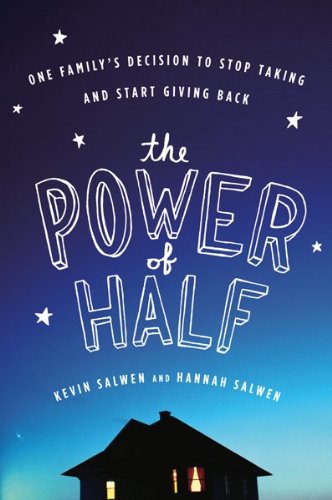This past weekend I saw a segment on an NFL pre-game show about Mark Sanchez, New York Jets quarterback, who is heavily involved in a number of nonprofits that help children. They focused on his work with Tuesday’s Children, an organization that helps children who lost a parent in the 9-11 attacks.
I think it’s great that Sanchez has taken some of his hefty salary and uses that along with his notoriety to support a nonprofit. I also thought it was generous when New York Giants Head Coach Tom Coughlin founded The Jay Fund in 1996 (when he was coach of the Jacksonville Jaguars). The fund is named for Jay McGillis, his former player of his at Boston College who died of leukemia. Even though Tom no longer lives in Jacksonville, he is still active in the cause and fundraising efforts.
I do have some concerns about athletes that establish foundations and then expect the public to be the greater funder. Athletes have benefitted from their success both financially and with brand awareness. They have an obligation when they start a foundation to remain the face of the effort, be active in any fundraising, and put their money into the cause.



